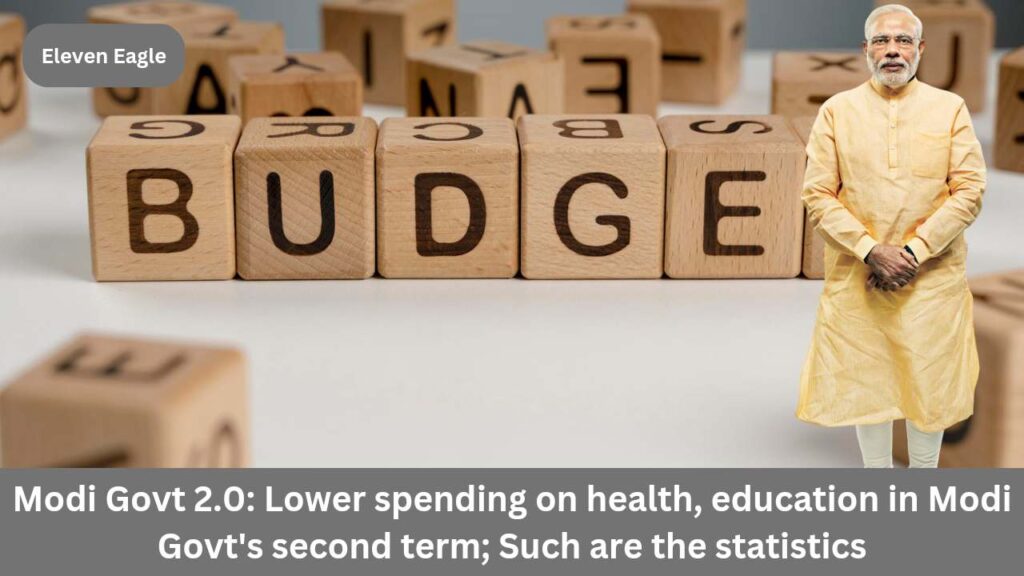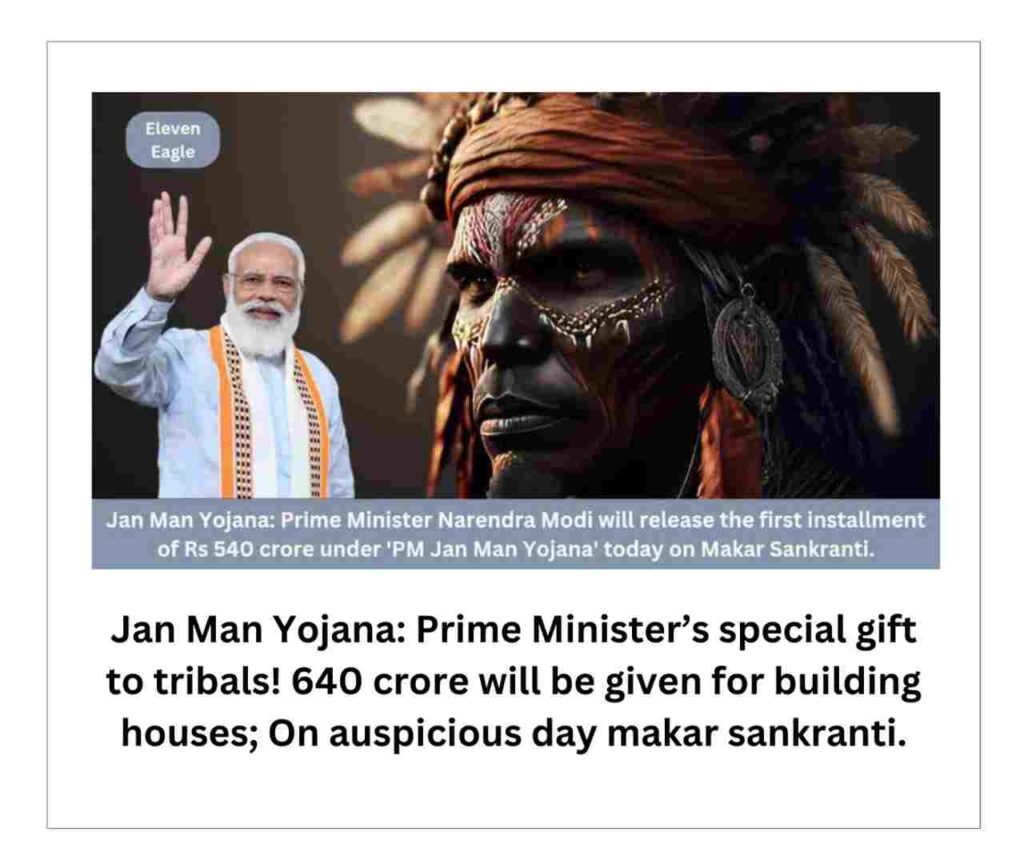The Union Budget will be presented on February 1. But if we take a look at the budget of the last five years, it has been seen that less expenditure has been spent on health and education.

New Delhi: The Union Budget will be presented on February 1, which will be the last and interim budget of the second term of the Modi government. But if we take a look at the budget of the last five years, it has been seen that less expenditure has been spent on health and education. At the same time, the statistics of how much has been spent in various other sectors has also come out. Business Standard has reported about this.
According to this report, during the second tenure of the Modi government, i.e., when the average of the five budgets of the last five years is taken, the total budget has been spent less on education and health during these five years. While interest payments, subsidies on major commodities such as grains, fuel and fertilizers accounted for nearly one-third of the expenditure. Whereas 12 percent of the total expenditure has been spent on border security and maintenance of law and order.
In the two fiscal years 2022-23 and 2023-24 (Budget Estimates), total health expenditure declined by less than 2 percent. In the previous financial year (2019-20), this expenditure was as low as 2.4 per cent. Also, the expenditure on education has been only 2.4-2.5 percent in the current and last financial year compared to (3.3 percent) in 2019-20.
Spending on three items (education, health and pensions) declined to 9.7-10 per cent in FY23 and FY24, from 12 per cent in FY20. However, it should be noted that the expenditure on pension is mainly borne by the Central Government employees. Whereas there are pension schemes for vulnerable groups like the unorganized sector.
In a journal of the International Monetary Fund, Emmanuel Saez finds that until the first half of the 20th century, the bulk of government spending in Europe was devoted to law and order and national defense. In contrast, the growth of advanced economies in the 20th century has been entirely due to improvements in ‘social conditions’. It provided education, childcare for the young, health care for the sick, and retirement benefits for the elderly.
Meanwhile, in India, while central spending on education and health care has been low, food-grain subsidies have increased during 2020-21 during the Covid era. which can also be noted as an indication of social status. However, the share of food subsidy in 2021-22 was 7.62 per cent compared to 1,542 per cent of food subsidy expenditure in the first Covid year.
Also read this:
• Gold imports rose 26.7 percent to $35.95 billion; India gets most gold from ‘this’ country
• Tata Group: TATA to help foreign education; Education loans up to ‘so many’ lakhs





